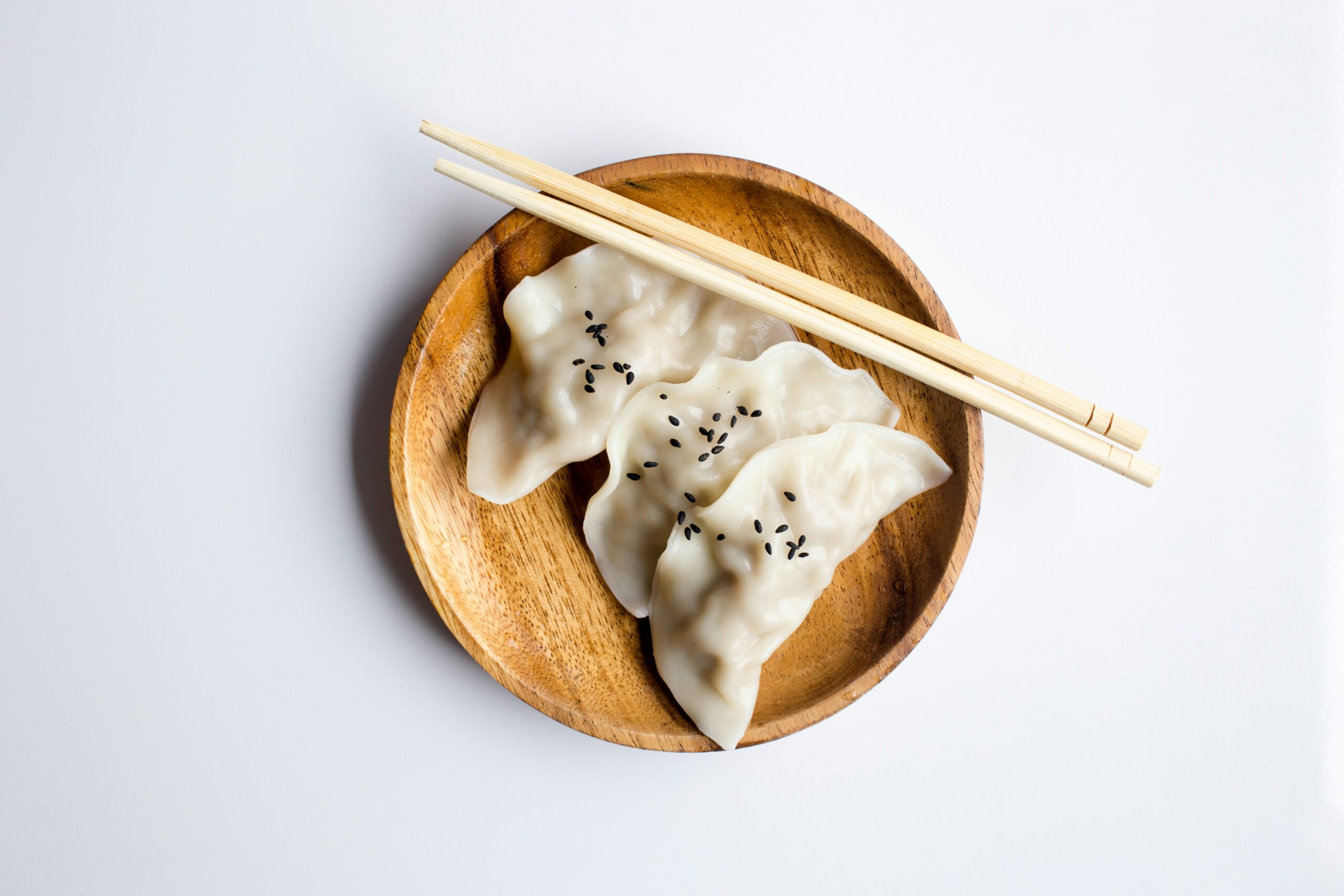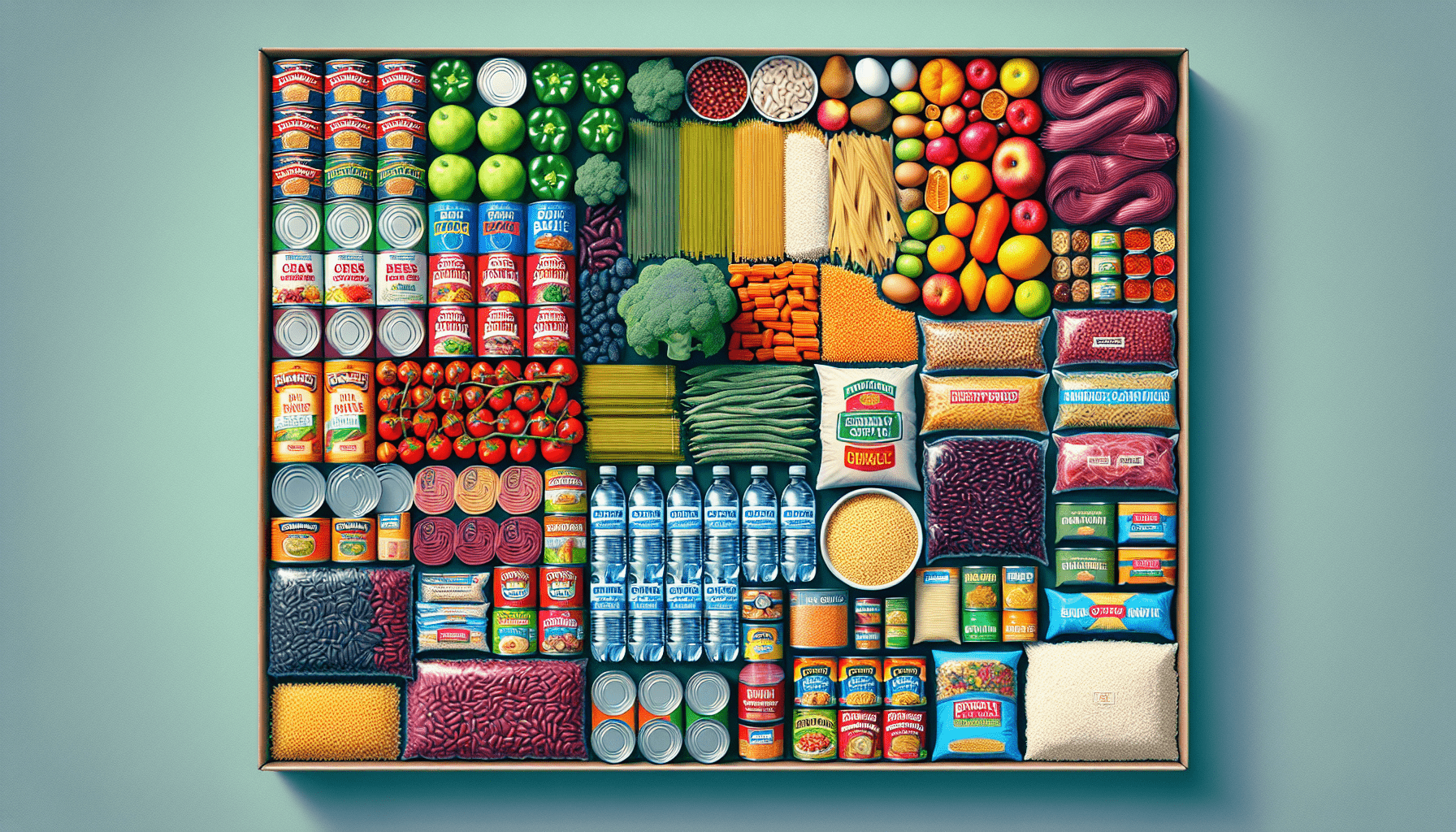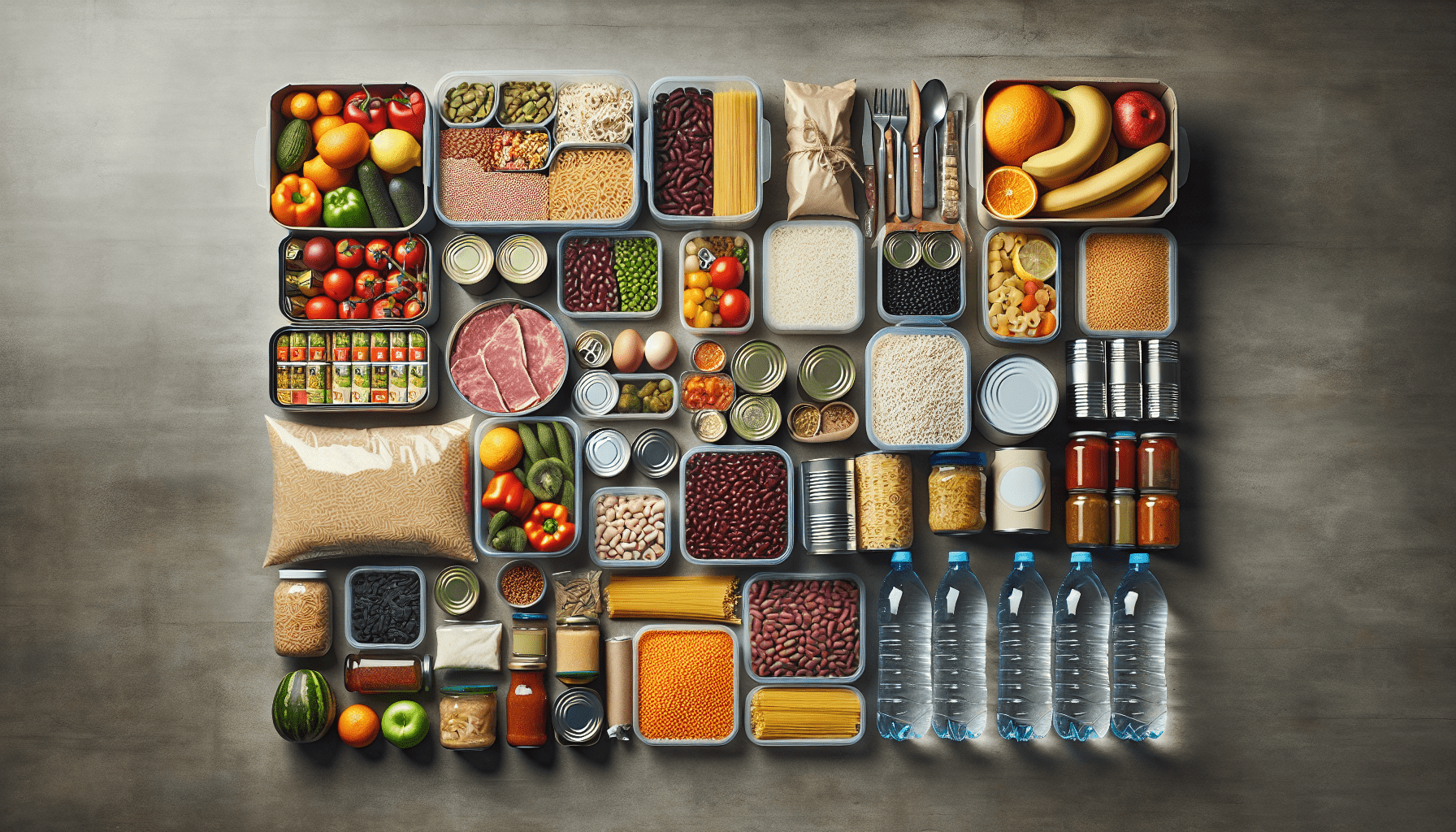Have you ever wondered what the essential food items for an emergency food supply are? Being prepared for unexpected situations can make all the difference. Whether it’s a natural disaster, power outage, or any other emergency situation, having a well-stocked food supply ensures you and your loved ones stay nourished and healthy.
Understanding Emergency Food Supply Basics
Before we get into the nitty-gritty of which foods to stock up on, let’s take a moment to understand the basics of an emergency food supply.
Why You Need an Emergency Food Supply
Emergencies and natural disasters can strike without warning. In these situations, access to groceries and fresh food may be severely limited. Having an emergency food supply means you can sustain yourself and your family until normal services are resumed.
How Much Food Should You Store?
The general recommendation is to have at least a three-day supply of non-perishable food items. However, aiming for a two-week supply can offer a little extra peace of mind. If you live in a remote area, you might want to consider even more.
What Should You Consider?
When building your emergency food supply, consider:
- Shelf life: Foods with long shelf lives are crucial.
- Nutritional value: Ensure you’re covering all your nutritional bases.
- Dietary restrictions: Take into account any food allergies or special diets.
- Ease of preparation: Foods that require no or minimal cooking are best.
Now, let’s get into the list of essential food items you’ll want to have in your emergency food supply.
Grains and Cereals
Grains and cereals form the foundation of an emergency food supply. They are versatile, have a long shelf life, and provide essential carbohydrates to keep your energy levels up.
Rice
Rice is an affordable, non-perishable staple. It’s versatile and can be combined with other ingredients to make a meal more filling. Both white and brown rice are good options, though white rice tends to have a longer shelf life.
Pasta
Pasta can be stored for long periods and is quick and easy to prepare. It pairs well with many other ingredients like canned vegetables, meats, and sauces, making it a versatile staple.
Oats
Oats are great for breakfast and can also be used in baking or making granola bars. They’re packed with fiber and other nutrients, making them an excellent addition to your emergency food supply.
Cereal
While oatmeals are a form of cereal, boxed cereals can also be good, especially those fortified with additional vitamins and minerals. Choose options with lower sugar content for better nutrition.

Protein-Rich Foods
Proteins are essential for maintaining muscle mass and overall health. These foods often require minimal cooking or can be eaten directly from the package.
Canned Meat and Fish
Canned fish like tuna or salmon provide a good source of omega-3 fatty acids. Chicken and beef can also be found in canned form. These require no refrigeration and can be eaten as they are or used in other recipes.
Beans and Legumes
Whether canned or dried, beans and legumes are excellent sources of protein and fiber. Black beans, chickpeas, and lentils are versatile and can be used in soups, stews, or salads.
Nut Butters
Peanut butter, almond butter, or any other nut butter can be a good source of protein and healthy fats. They have a long shelf life and can be paired with crackers, bread, or fruits.
Protein Bars
Protein bars can serve as meal replacements or snacks. They are convenient, portable, and have a long shelf life. Ensure you choose high-quality bars with balanced nutrition.
Fruits and Vegetables
Maintaining a balanced diet is important even in emergencies. Non-perishable fruit and vegetable options can help you achieve this.
Canned Vegetables
Canned vegetables are a convenient option with a long shelf life. Choose varieties without added salt or sugar. Green beans, carrots, peas, and corn are popular choices.
Canned Fruits
Like canned vegetables, canned fruits provide essential vitamins. Look for options canned in water or their own juice instead of syrup to avoid added sugars.
Dried Fruits
Dried fruits like raisins, apricots, and apples are portable and provide essential nutrients. They also have a long shelf life and are easy to store.
Freeze-Dried Vegetables
These are lightweight and retain most of their nutritional value. They can be rehydrated or eaten as-is. Products like freeze-dried peas, corn, and broccoli are common choices.

Dairy Alternatives
While fresh dairy products don’t store well, there are several alternatives you can include in your emergency food supply.
Powdered Milk
Powdered milk can be reconstituted with water and used just like fresh milk. It’s useful for cooking and baking or as a beverage.
Shelf-Stable Milk
Shelf-stable milk doesn’t require refrigeration until opened. It can come in handy for those who prefer liquid milk over powdered.
Plant-Based Milk
Shelf-stable versions of almond, soy, or oat milk can be good alternatives if you or someone in your household is lactose intolerant.
Cooking Essentials and Condiments
You’ll need more than just primary food items; some essential kitchen staples will help you prepare and season your meals.
Cooking Oil
Olive oil or vegetable oil is essential for preparing meals. These oils have a relatively long shelf life and are versatile in cooking.
Salt and Pepper
Basic seasonings like salt and pepper can make a significant difference in the taste of emergency meals.
Herbs and Spices
Consider storing dried herbs and spices. They take up little space and can add variety and flavor to even the most basic staples.
Sugar and Honey
Both are long-lasting and versatile. Sugar can be used in several recipes, while honey is also a natural sweetener with antibacterial properties.

Hydration
Water is the most critical element in any emergency situation.
Bottled Water
Store enough bottled water for at least one gallon per person per day. This is the absolute minimum you’ll need for drinking and basic sanitation.
Water Filtration and Purification
In case your bottled water supply runs out, having a water filtration system or purification tablets can ensure you have access to safe drinking water.
Special-Use Items
Don’t forget items that serve specific functions but are equally crucial for an emergency food supply.
Infant Formula
If you have an infant, make sure to store a sufficient amount of formula and bottled water to mix it.
Pet Food
Your pets also need sustenance during an emergency. Store enough food and water for them as well.
Baby Food
If you have young children, include a supply of baby food jars and snacks suitable for their age group.

Food Additions and Snacks
Staying mentally healthy during an emergency is important, and sometimes that means having a few comfort foods.
Crackers
Crackers can be a great addition to your emergency food supply. They have a long shelf life and can be paired with nut butter, cheese, or canned meats.
Granola and Trail Mix
These can serve as quick snacks and provide essential nutrients and energy. Choose options that are low in refined sugars.
Jerky
Beef jerky or turkey jerky is a great source of protein and can be stored for long periods. Ensure you pick varieties with less sodium for a healthier option.
Instant Coffee and Tea
Beverages like instant coffee and tea can serve as a morale booster during stressful times.
Tips for Storing Your Emergency Food Supply
Proper storage is crucial to ensure your emergency food supply remains safe and usable.
Rotating Stock
Regularly check your supplies and consume older items first. Replace them with fresh stock to ensure no food goes to waste.
Temperature and Humidity
Store food items in a cool, dry place, away from direct sunlight. High heat and humidity can reduce the shelf life of certain foods.
Pest Control
Ensure your storage area is sealed off from pests. Use airtight containers for grains and cereals to avoid attracting insects.
Labeling
Label each item with the purchase or best-before date. This will make it easier to keep track of what needs to be used first.

Emergency Food Supply Table
For a quick reference, here’s a table summarizing the essential food items for your emergency supply:
| Food Category | Examples |
|---|---|
| Grains and Cereals | Rice, pasta, oats, boxed cereals |
| Protein-Rich Foods | Canned meats, beans, nut butters, protein bars |
| Fruits and Vegetables | Canned vegetables, canned fruits, dried fruits, freeze-dried vegetables |
| Dairy Alternatives | Powdered milk, shelf-stable milk, plant-based milk |
| Cooking Essentials | Cooking oil, salt, pepper, herbs, spices, sugar, honey |
| Hydration | Bottled water, water filtration/purification |
| Special-Use Items | Infant formula, pet food, baby food |
| Food Additions | Crackers, granola, jerky, instant coffee, tea |
Final Thoughts
Building an emergency food supply may seem daunting, but it’s a crucial step for ensuring your family’s safety and well-being during unexpected situations. Employ a methodical approach by dividing your shopping into categories, and you’ll have a well-rounded emergency food supply in no time.
By considering nutritional needs, shelf life, and ease of preparation, you’ll be better equipped to handle emergencies without undue stress. It’s not just about survival; it’s about maintaining a sense of normalcy and comfort during challenging times.

